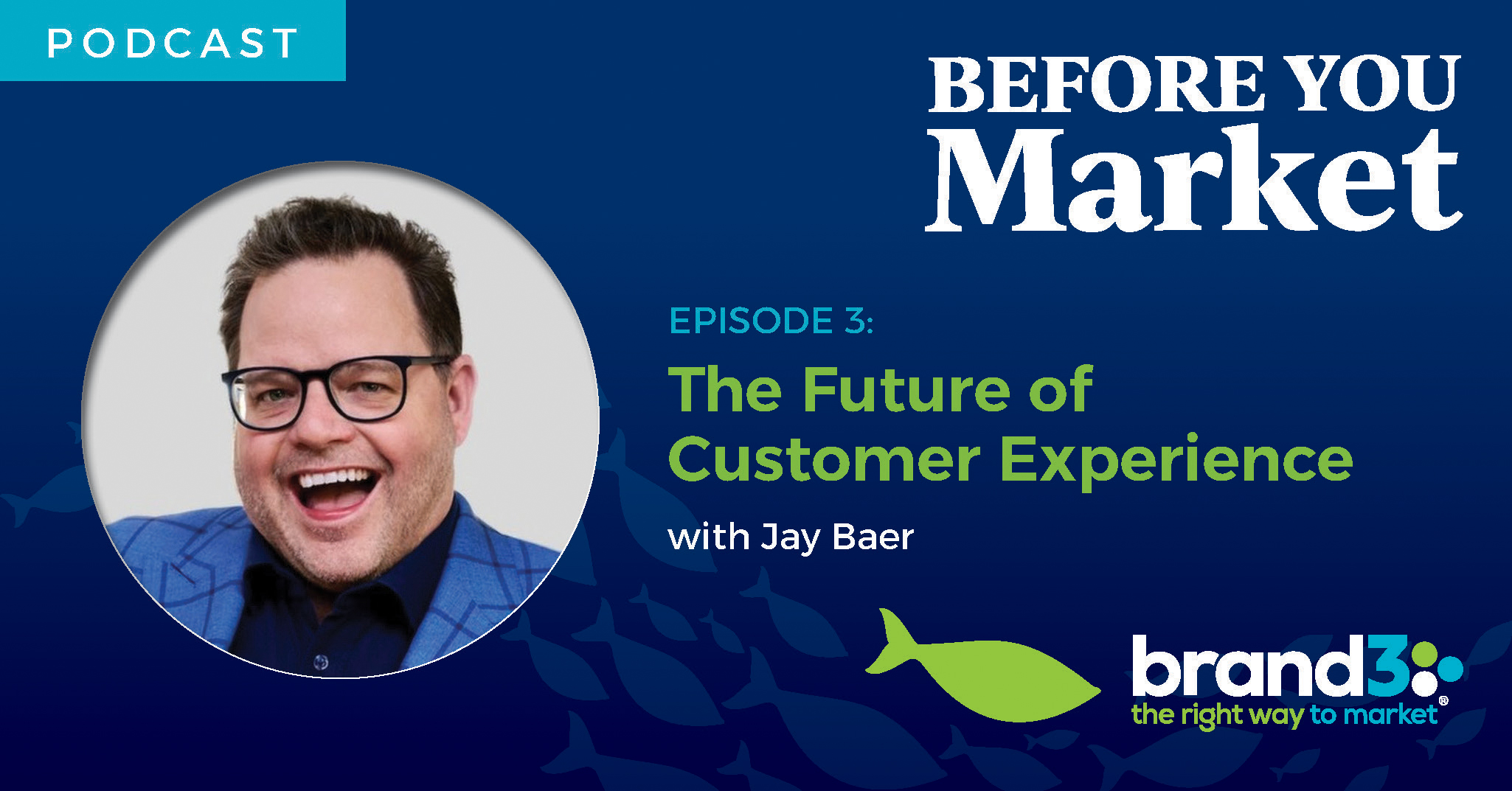
Getting less than great results from your investment in marketing could be the key driver holding your business from the growth that you deserve. The way you market your business determines if you will be successful or not. If you are spending time and money on marketing and not getting results, consider these four areas.
Many businesses do not understand the frequency or number of continuous touches necessary to get a return on their investment. As a result, they underspend and often give up before brand recognition and value retention is achieved.
The results of generational media platforms like print, broadcast, and digital has created too many channels, and too often, our media choices never reach full market saturation. Underdeveloped marketing comes from a direct failure to develop a strategic marketing plan that manages media through a campaign structure. Typical campaign formula usually consists of media selection, frequency, budget, and duration.
Without the right plan, a clear message and a consistent image, you could be wasting up to 80% of your marketing budget. EvaluSys Data polled small businesses to ask the following question: Do you have a formal strategic marketing plan in place? Out of the responses, only 26% of those businesses polled responded with “yes.” That leaves 74% of small businesses without a formal marketing plan.
When your market reach is too wide, the marketing and brand value, in turn, become weaker. An essential driver for media selection should be based on its ability to reach ideal customers.
It is a wonderful idea to believe that “everyone” is your ideal customer, but in reality, not everyone will need your products and services. If only one out of every ten people will need to utilize your services, it is better to focus on the one, rather than the nine who are not interested. A small audience is a good thing – a highly targeted audience leads to more sales because of greater relevancy.
How well we know our market will determine how well and efficiently we can market. Another EvaluSys Data poll asked small business owners the following question: How often do your most profitable customers participate in your marketing events? Only 25% of the responses indicated that the customers participated in events extremely often. A huge majority of businesses do not have consistent participation in their events from their most profitable customers.
If you are not measuring, you are not marketing. Many businesses make the mistake of failing to measure key performance indicators. How can you evaluate whether your marketing can be is successful if you don’t have any data to back it up? Marketing campaigns must be monitored, evaluated, and adjusted according to the performance matrix for each industry. Here are some examples:
Website Homepage Bounce Rate – Through analytics, you can see how often potential customers are visiting your website, what pages they click on, and the amount of time they spend on each page. If the number of potential customers exiting your website after visiting the homepage without clicking on other links is too high, typically over 50%, it indicates that image and messaging are creating noise and lack the clarity of the brand’s value.
Lead Acquisition Cost - Do you know what your lead acquisition cost is? Do you where it should be? According to EvaluSys Data, only 22% of businesses polled have established key measures to track the effectiveness of their products and services that they advertise. However, all of the businesses agreed to some extent that advertising effectiveness reports are being consistently reviewed, analyzed, and used in an effort to improve the effectiveness of future advertising.
Your prospective customers are seeking brands that speak to what they want. They have a problem and need a solution. A brand that merely flaunts their features and benefits with no mention of how it will actually solve the problem does not draw them in. If you asked your customers what the benefits of your products and services are, would they know?
Your brand’s promise must align with every aspect of your marketing and customer experience. Too often we position our brand as the “hero” when customers are actually looking for a “guide.” Instead of centering the story around your company, center the story around your customers – people who have problems and are seeking the best solution to resolve it. Creative sources like agencies, web developers, sales representatives, and management are driven by well-meaning creative ideas and will often cause misalignment of the brand and marketing.
Strong businesses are doing really well with delivering their brand promises consistently. The idea is that you make a commitment to your customers and you will lose them if you do not deliver. Consider your ideal customer, understand what their needs are, create your brand promise, and ensure your brand standards are met throughout every touchpoint.


